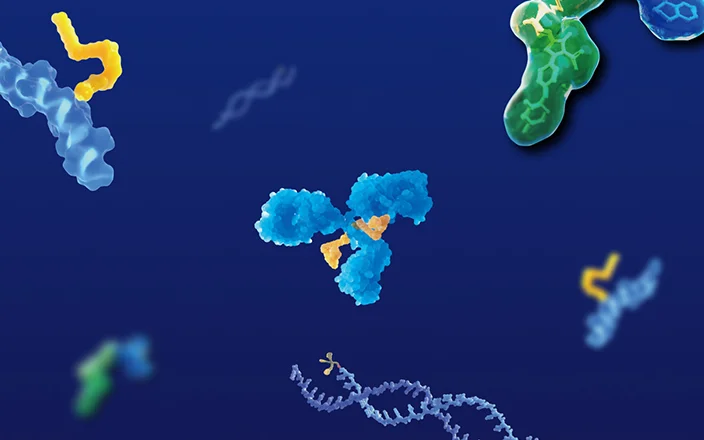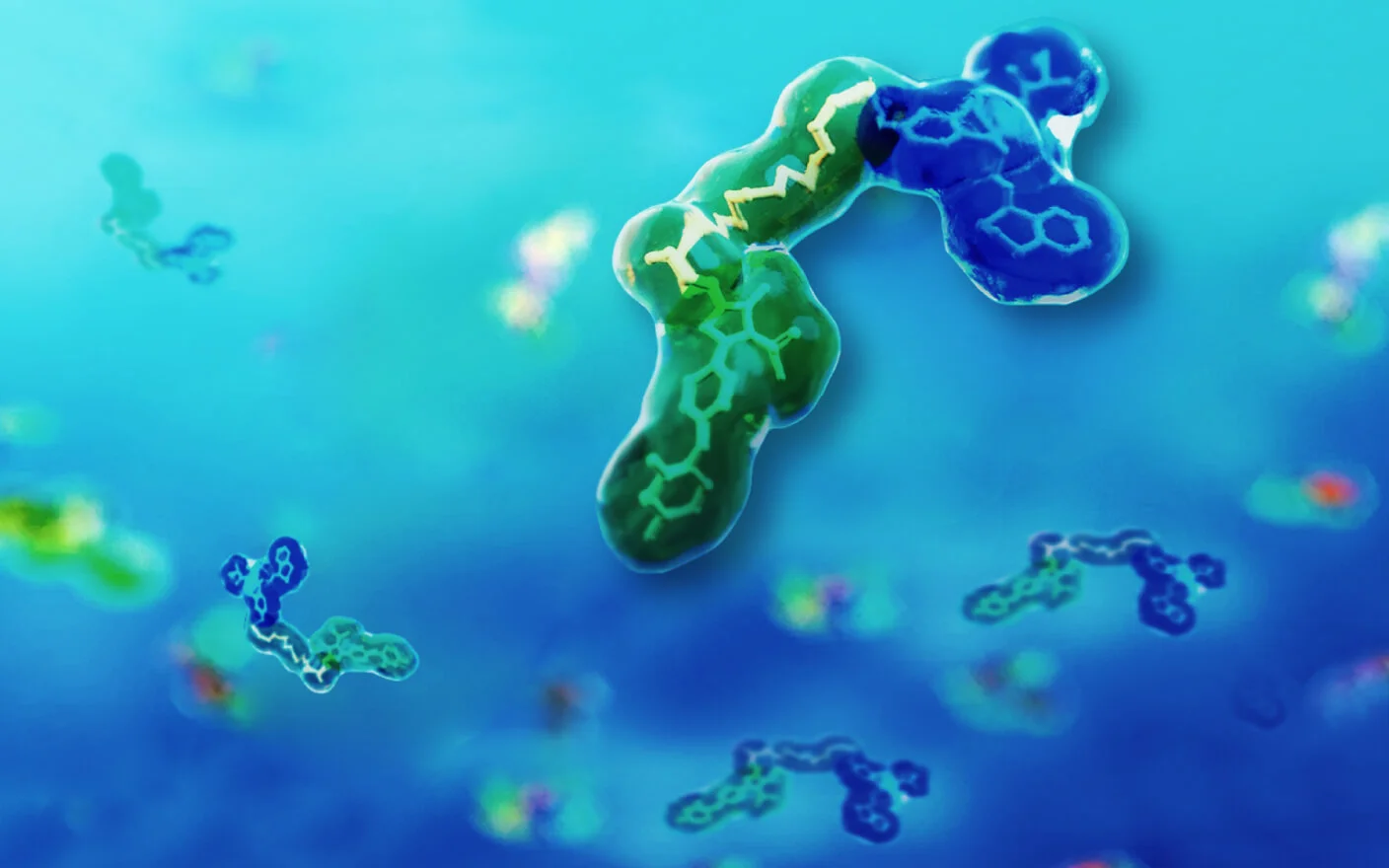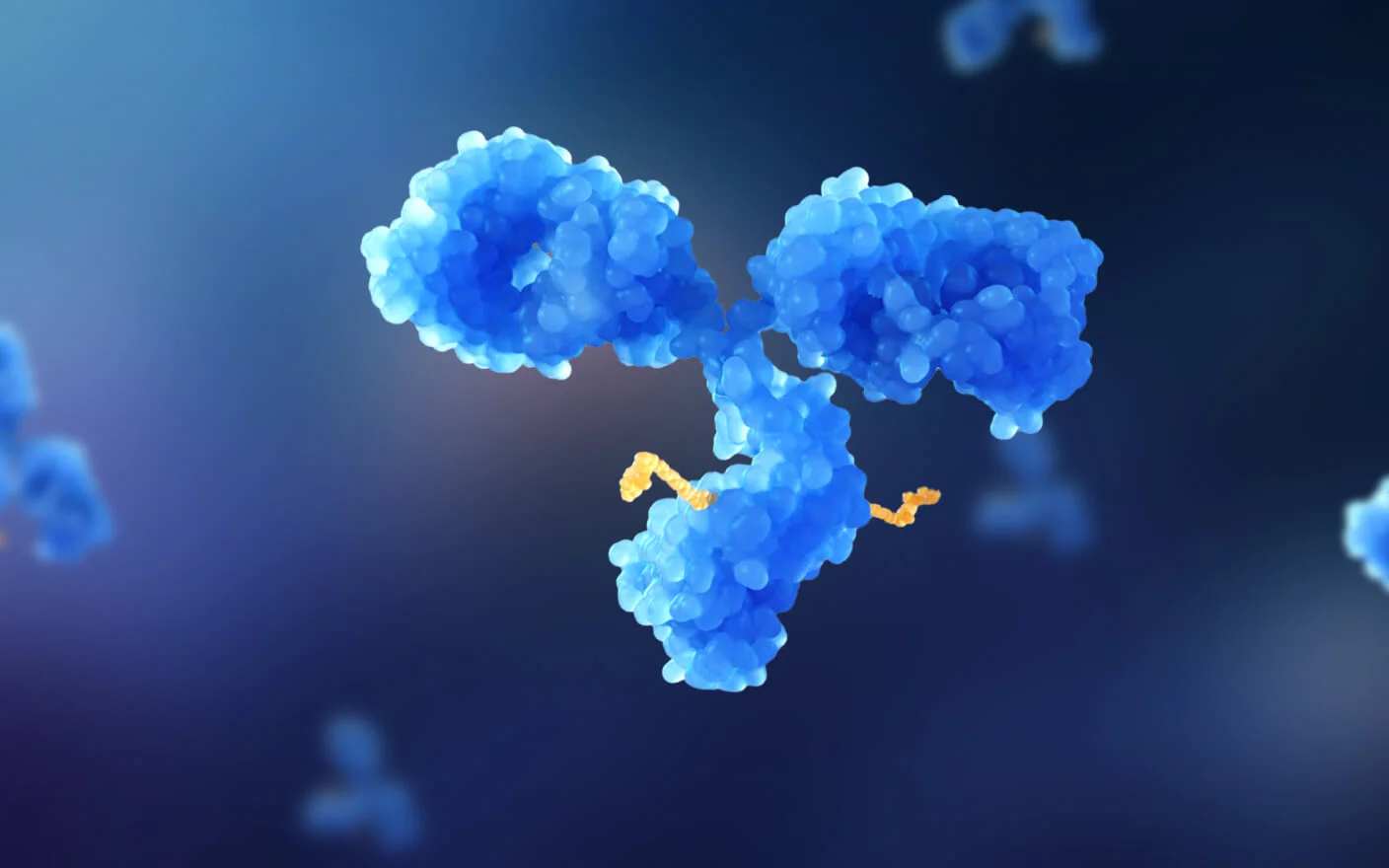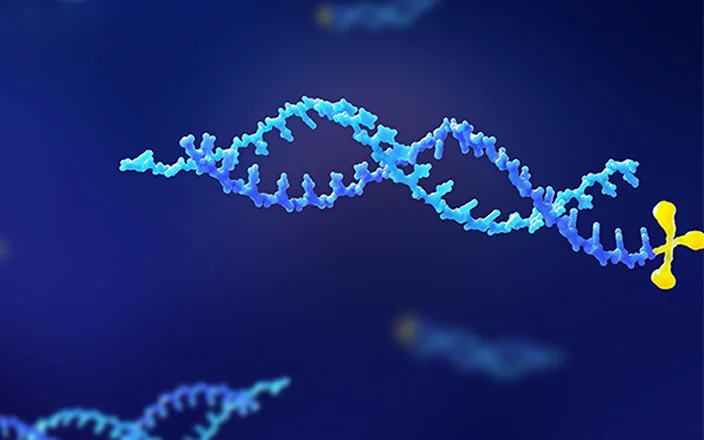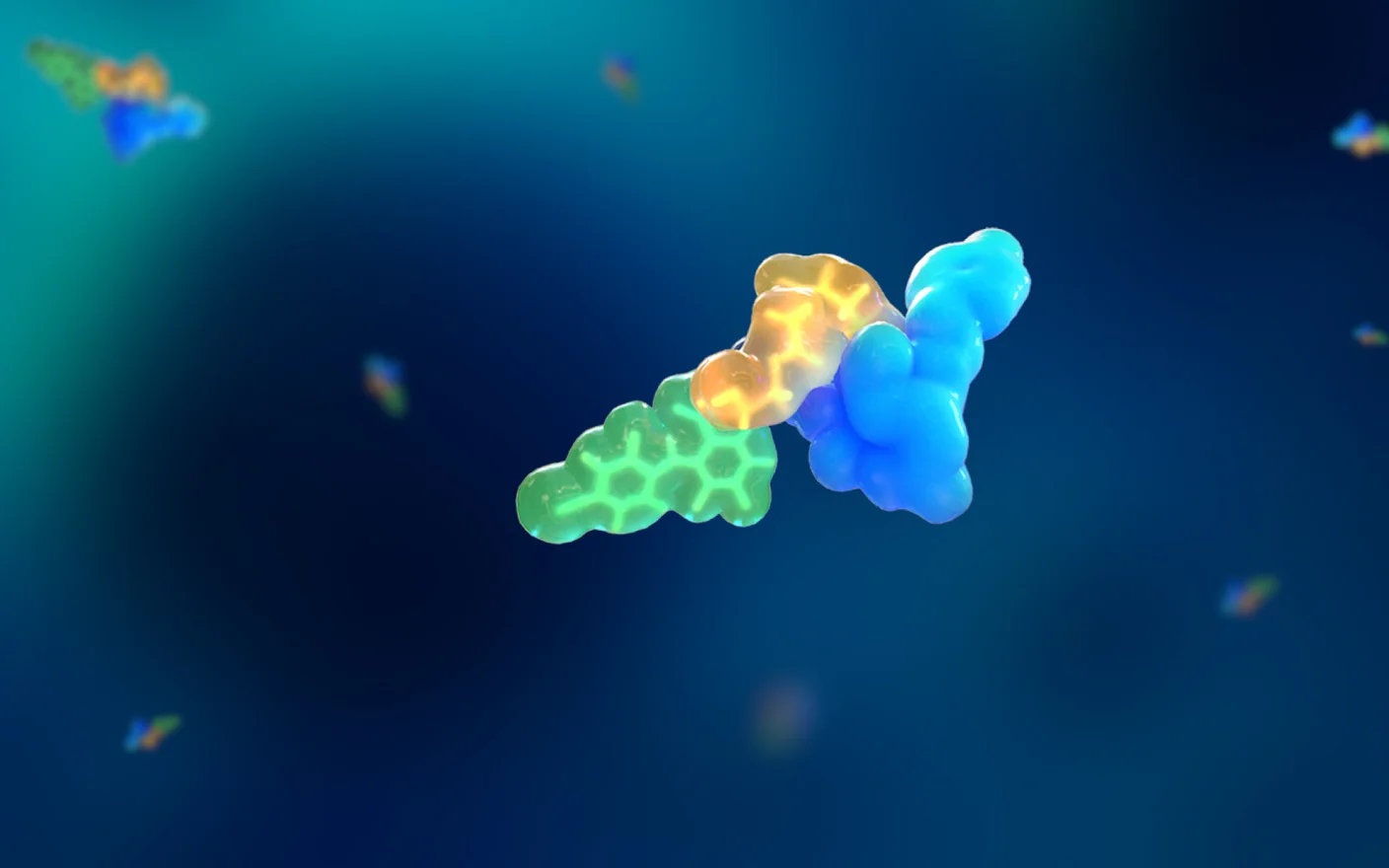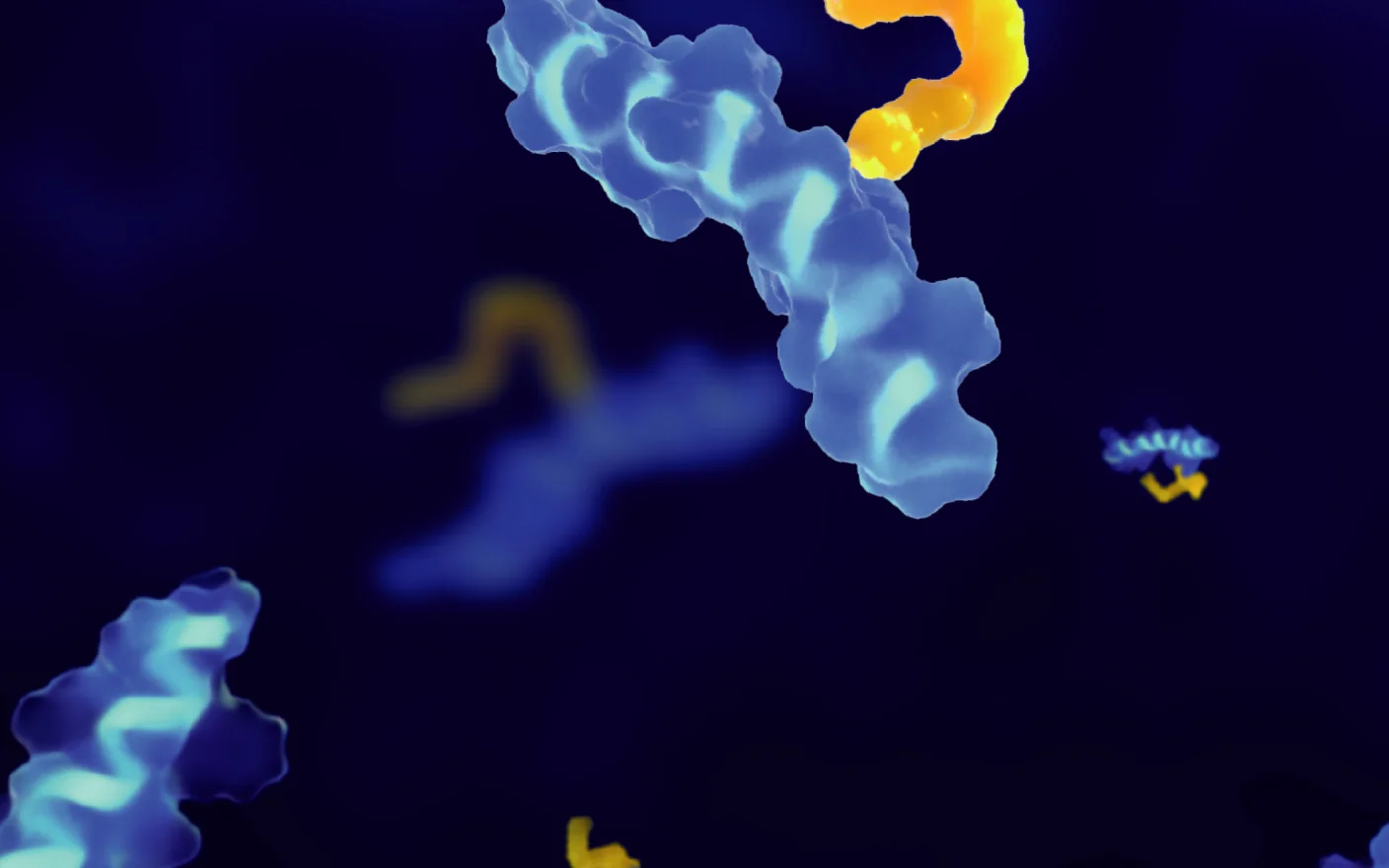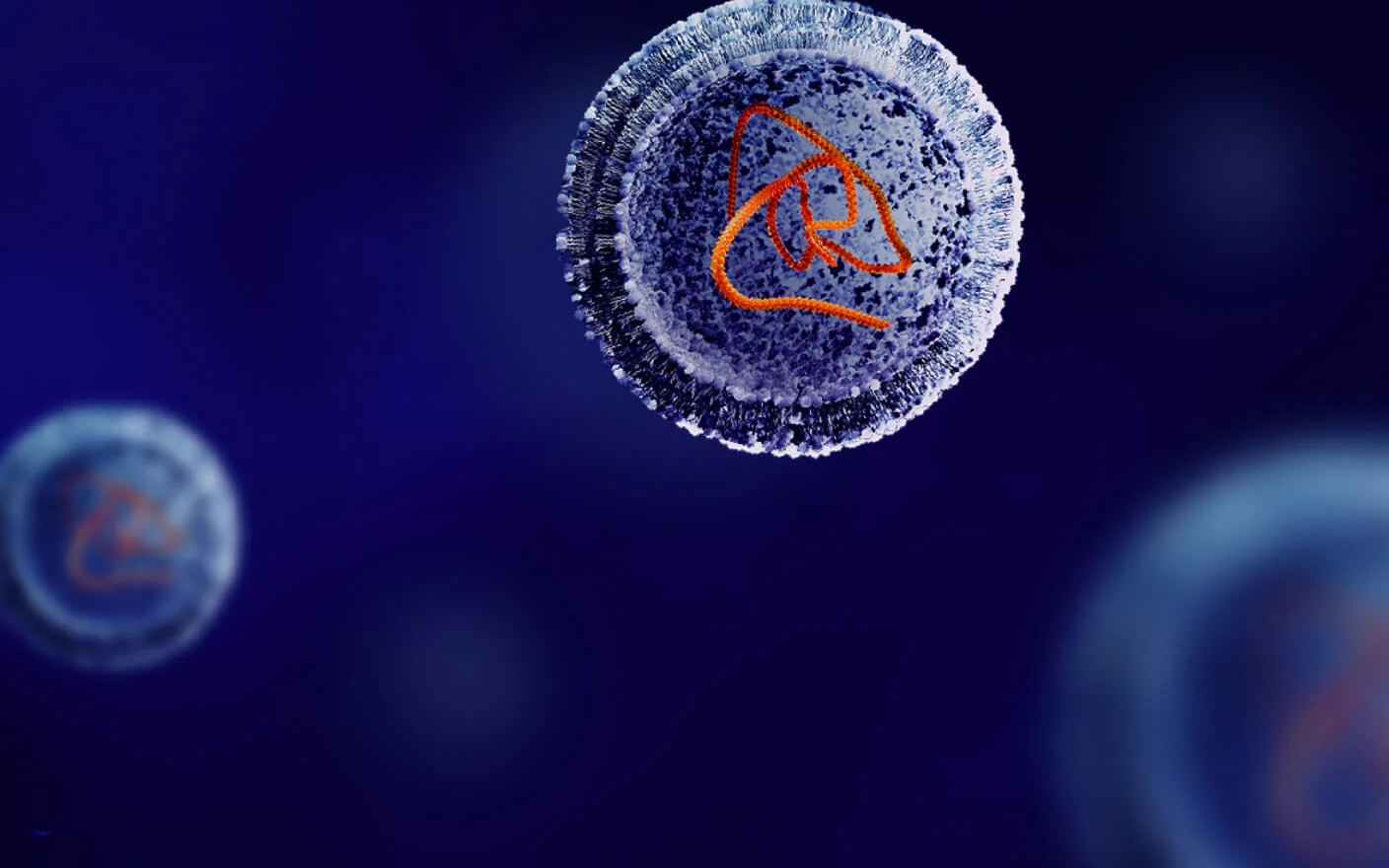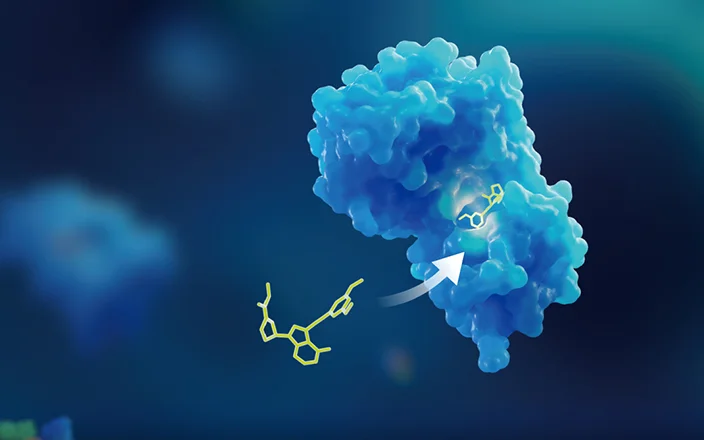BioNTech/Pfizer’s BNT162b2 (COMIRNATY®) and Moderna’s mRNA-1273 (SPIKEVAX®) mRNA vaccines against severe acute respiratory syndrome coronavirus 2 (SARS-CoV-2) were fast-tracked for approval by the Food and Drug Administration (FDA) in December 2020. With the approval of these two mRNA vaccines, more and more pipelines of mRNA as preventive or therapeutic treatment have been developed quickly.
The mechanism of mRNA vaccines involves delivering modified viral mRNA into cells, where the expression of antigenic proteins will stimulate an immune response against the antigen, thereby enhancing the immune capacity of the body. Compared to traditional vaccines, mRNA vaccines offer distinct advantages, including a simpler production process, faster research and development speed, no need for cell culture, and lower overall research and development costs. Additionally, mRNA vaccines are safer than DNA vaccines, because mRNA is expressed in cytoplasmic ribosomes without entering the cell nucleus, thus eliminating the risk of mutations arising from vaccine sequence integration into the host genome. However, the accelerated development of mRNA vaccines faces many challenges, including whether it is necessary to conduct preclinical studies on the PK properties of mRNA vaccines, how to proceed with the research, and what PK profiles the mRNA vaccines have. This article provides insights into the preclinical data of the two FDA approved mRNA vaccines, offering a valuable reference for the research and development of mRNA vaccines.
The preclinical PK studies of BNT162b2 (COMIRNATY®) and mRNA-1273 (SPIKEVAX®) can be divided into two categories: (1) research on the biodistribution of the mRNA and (2) studies on the in vivo PK, tissue distribution, excretion, and metabolism of the novel lipid components used in the vaccine. These two aspects correspond to the mRNA vaccine and the lipid nanoparticle (LNP) delivery system used in the vaccine. Studies on mRNA are primarily based on the FDA’s vaccine development and licensing guidelines, which specify that “Biodistribution studies in an animal species should be considered if the vaccine construct is novel in nature and there are no existing biodistribution data from the platform technology. 1 Furthermore, research on LNP delivery systems can refer to the “Guidelines for Pharmacological Research on Prophylactic mRNA Vaccines to prevent SARS-CoV-2”. For delivery substances that have never been used worldwide, research should be carried out based on the “Guidelines for the Non-clinical Safety Evaluation of New Pharmaceutical Excipients”. This suggests that the absorption, distribution, metabolism, and excretion of excipients should be investigated in the same animal species as the non-clinical safety evaluation with dose routes corresponding to clinical trials.2,3
1. Interpretation of preclinical PK data for BNT162b2 (COMIRNATY®)
Based on the available information, preclinical PK studies of BNT162b2 (COMIRNATY®) are summarized in Table 1.
|
Study content |
Animal species |
Study design |
Analysis content |
|
In vivo mRNA distribution study |
Male BALB/c mice |
Intramuscular injection of modRNA encoding luciferase formulated in LNP comparable to BNT162b2 with RNA dosage at 2 µg per animal |
Bioluminescence emission |
|
In vivo PK and excretion studies of ALC-0315 and ALC-0159 in rats |
Male Wistar–Han rats |
Intravenous injection of modRNA encoding luciferase formulated in LNP comparable to BNT162b2 with RNA dosage at 1 mg/kg |
Concentrations of ALC-0315 and ALC-0159 in plasma, liver, urine, and feces |
|
In vivo distribution study of the LNPs |
Male and female Wistar–Han rats |
Intramuscular injection of modRNA encoding luciferase formulated in LNP comparable to BNT162b2 with trace amounts of [3H]-CHE as a nondiffusible label. The RNA dosage is 50 µg per animal |
Radioactivity of 3H-CHE in whole blood, plasma, and tissues |
|
In vivo metabolite identification of ALC-0315 and ALC-0159 |
Male Wistar–Han rats |
Intravenous injection of modRNA encoding luciferase formulated in LNP comparable to BNT162b2with mRNA dosage at 1 mg/kg |
Metabolite identification in plasma, liver, urine, and feces |
|
In vitro metabolic stability and metabolite identification of ALC-0315 and ALC-0159 |
CD-1 mouse, Wistar Han rat, cynomolgus monkey and human |
Incubation in whole blood, the liver S9 fraction, and hepatocyte systems of different species for up to 120 min |
remaining% of ALC-0315 and ALC-0159 in different incubation systems and metabolite identification |
Table 1. Summary of preclinical PK studies on BNT162b2(COMIRNATY®)
LNP, lipid nanoparticle;
[3H]-CHE, [Cholesteryl-1,2-3H(N)]-Cholesteryl Hexadecyl Ether
1.1 Biodistribution study of mRNA vaccine: BNT162b2 mRNA4
The biodistribution of BNT162b2 mRNA was examined using in vivo bioluminescence. The LNP-formulated luciferase-encoding modRNA was administered to BALB/c mice by IM injection of 1 µg each in the right and left hind leg Six hours after administration, luciferase protein expression was detected both at the injection site and in the liver. The luciferase expression levels in the liver were relatively low and were undetectable at 48 h after administration. In contrast, the fluorescence levels at the injection site persisted for a longer duration. The total systemic fluorescence levels in the mice decreased to baseline levels by day 9 after administration. Owing to the limitations in the sensitivity and resolution of bioluminescence imaging, it was hard to accurately quantify the luciferase protein expression (indicating the mRNA distribution) in each tissue or site.

Figure 1. In vivo distribution of BNT162b2 mRNA in mice
The left panel shows whole-body bioluminescence imaging in mice, with the circled areas indicating the administration sites on both hindlimbs. The right panel shows a time course of total fluorescence levels in the mice. Luc, luciferase
1.2 In vivo pharmacokinetic (PK) study of ALC-0315 and ALC-0159 in rats4
ALC-0315 and ALC-0159 are two novel lipid molecules used in the LNP delivery system of BNT162b2. ALC-0315 is a cationic lipid that regulates the endosomal escape of mRNA after entry into the cell. ALC-0159 is a polyethylene glycol (PEG)-modified lipid that forms a hydrophilic layer to encapsulate mRNA, thus facilitating the stability of RNA and reducing specific binding to proteins.
The in vivo PK of the two lipid molecules was investigated in rats using modRNA encoding luciferase formulated in LNP. The corresponding dosage of ALC-0315 and ALC-0159 was 15.3 mg/kg and 1.96 mg/kg, respectively, with dosing modRNA at 1 mg/kg in rats. After intravenous injection, ALC-0315 and ALC-0159 rapidly distributed from the blood to the liver. The two molecules showed similar concentration-time curves in the plasma, whereas the exposure of ALC-0315 in the liver is significantly higher than that of ALC-0159, revealing the prolonged liver distribution of ALC-0315. Compared to the administered dose, approximately 60% of ALC-0315 is distributed in the liver, while only 20% of ALC-0159 is distributed in the liver. Two weeks after administration, the plasma concentrations of ALC-0315 and ALC-0159 had decreased by approximately 7,000-fold and 8,000-fold, respectively, whereas the concentrations of ALC-0315 and ALC-0159 in the liver had decreased by approximately 4-fold and more than 250-fold, respectively. The terminal elimination half-life of ALC-0159 in the plasma and liver was approximately 2–3 days, while that of ALC-0315 is 6-8 days. Urinary and fecal excretion of both lipids were also investigated in this study. ALC-0315 and ALC-0159 were not detected in the urine, whereas the excretion rate in feces was ~1% for ALC-0315 and ~50% for ALC-0159. Limited recovery of both lipids indicates metabolic clearance to some degree in vivo.

Figure 2. Concentration–time curves of ALC-0315 and ALC-0159 in rat plasma (left) and liver (right)

Table 2. Pharmacokinetics parameters of ALC-0315 and ALC-0159 in rats
t1/2: Terminal half-life;
AUCinf: The area under the concentration-time curve from time zero extrapolated to infinity.
AUClast: The area under the concentration-time curve from time zero to the last quantifiable concentration
1.3 In vivo distribution study of mRNA vaccine: BNT162b2 LNPs4
The in vivo distribution of LNP was characterized in rats by monitoring [Cholesteryl-1,2-3H(N)]-Cholesteryl Hexadecyl Ether ([3H]-CHE). A trace amount of [3H]-CHE was spiked into the LNP delivery system as a non-exchangeable and non-metabolizable lipid marker After intramuscular injection of modRNA encoding luciferase formulated in LNP with a trace amount of [3H]-CHE in male and female Wistar Han rats, the highest levels of radioactivity were consistently observed at the injection site. In addition to the injection site, radioactivity was also detected in the plasma and most tissues with the greatest levels in plasma observed during 1~4 hours post-dose. Within 48 h after administration, the LNP is mainly distributed in the liver, adrenal glands, spleen, and ovaries, with the Tmax ranging from 8 to 48 h post-dose. There is no significant difference in the distribution of LNP between male and female rats. Apart from the injection site, the total recovery rate (% of the administered dose) of the LNPs in male and female rats was greatest in the liver (18%), followed by the spleen (≤ 1.0%), adrenal gland (≤ 0.11%), and ovaries (≤ 0.095%). These findings suggest the hepatic targeting characteristics of the LNP delivery system.
1.4 In vitro and in vivo metabolic studies of ALC-0315 and ALC-01594
Four metabolites of ALC-0315 generated from ester bond hydrolysis were detected in both in vivo and in vitro incubation systems, and the hydrolyzed products were conjugated subsequently with glucuronide in vivo. Based on the metabolite identification results in vivo and in vitro, the major metabolic pathways of ALC-0315 were hydrolysis and glucuronidation. The main metabolic pathway of ALC-0159 was the hydrolysis of amide bond to form N, N-ditetradecylamine. Hydrolytic metabolism of both lipids occurred in the matrices of all four species (human, rat, mouse, and monkey). The biotransformation pathways of ALC-0315 and ALC-0159 are illustrated in Figures 3 and 4, respectively.

Figure 3. Possible biotransformation pathways for ALC-0315
(Mo: Mouse; Mk: Monkey; R:Rat; H: Human)

Figure 4. Possible biotransformation pathway for ALC-0159
(Mo: Mouse; Mk: Monkey; R:Rat; H: Human)
2. Interpretation of preclinical PK data for mRNA vaccine: mRNA-1273
2.1 Biodistribution of mRNA-1273 mRNA5
Moderna submitted the biodistribution data of mRNA-1647 to facilitate the approval of the vaccine mRNA-1273, instead of conducting a direct study on mRNA-1273. However, there are two key differences between the two vaccines. Firstly, mRNA-1273 contains one mRNA encoding the full-length SARS-CoV-2 S-2P protein, whereas mRNA-1647 contains six mRNAs that encode the full-length cytomegalovirus gB and gH/gL/UL128/UL130/UL131A pentameric glycoproteins, respectively. Secondly, although the LNP delivery systems used in these two vaccines have the same lipid composition, the LNP size of mRNA-1273 is slightly smaller than that of mRNA-1647. Currently, it remains uncertain whether the nanoparticle size substantially affects the tissue distribution of the mRNA. However, Moderna believes that the diameters of both nanoparticles are smaller than the aperture on the sinusoidal endothelial cells in rat liver (161 nm), suggesting that the difference in nanoparticle size has minimal impact on the liver distribution of the LNP delivery system.
Tissue distribution studies of mRNA-1647 were conducted in male Sprague–Dawley rats. Following intramuscular injection of 100 μg of mRNA-1647 in rats, mRNA was detected in most tissues at 2 h after administration, including the brain, heart, lung, eye, and testis. The Cmax was achieved at 2–24 h post-dose, and all tissue exposure levels were higher than the plasma exposure level. Similar to BNT162b2, the remarkable liver distribution of mRNA-1647 confirmed the liver-targeting feature of the LNP delivery system. Furthermore, mRNA-1647 was distributed largely at the injection site, in the lymph nodes, spleen, and eye, where the concentration was higher than plasma concentration.
mRNA-1647 was rapidly eliminated from plasma, with a half-life of only 2.7–3.8 h, whereas the elimination rate in tissues was significantly lower. The average T1/2 of the six mRNAs at the injection site, proximal popliteal lymph nodes, distal axillary lymph nodes, and spleen were 14.9, 34.8, 31.1, and 63.0 h, respectively. In other tissues, the mRNA levels were below the minimum detection limit 3 days after administration, and the Tlast of the mRNAs in brain tissue was approximately 25 h after administration.
In addition to the above tissue distribution data for mRNA-1647 in rats, the mRNA concentrations in tissues were also monitored in a toxicology test for mRNA-1273. mRNA was detected in all tissues (including the liver, heart, lung, testis, and brain) with low concentrations except the kidney. The mRNA concentration in the brain was approximately 2%–4% of the plasma concentration, indicating that LNP-delivered mRNA can cross the blood-brain barrier to distribute in the brain to a certain extent.
2.2 PK, distribution, metabolism, and excretion of mRNA-1273 lipid molecules5
LNP used in the mRNA-1273 vaccine contains two novel lipid molecules, SM-102 and PEG2000-DMG. Their structures are illustrated in Figure 5.

Figure 5. Molecular structures of SM-102 and PEG2000-DMG
Moderna did not specifically investigate the distribution, metabolism, or PK of SM-102. However, the in vivo distribution, metabolism, and excretion characteristics were discussed based on data of its structural analog (SM-86). The in vivo biodistribution of SM-86 was consistent with the corresponding LNP-delivered mRNA. SM-86 was rapidly metabolized in vivo through ester bond hydrolysis, and the fatty acid metabolites can be rapidly excreted via bile and kidney. In addition, quantitative whole-body autoradiography (QWBA) showed that SM-86 and its metabolites were distributed in all tissues for longer than 168 hours. In summary, these results suggest SM-102 hardly accumulates in vivo with repeated administration, indicating a low likelihood of toxicity from the cationic lipid SM-102.
3. Summary of the PK characteristics of mRNA vaccines based on the BNT162b2 (COMIRNATY®) and mRNA-1273 (SPIKEVAX®)
-
The biodistribution of mRNA will be dependent on the LNP delivery system used. Based on the application materials for FDA approved vaccines, it could be accepted for the FDA to use surrogate mRNA formulated in the same LNP as the test article for the tissue distribution evaluation.
-
After intramuscular injection of an mRNA vaccine, mRNA will have higher exposure in tissues compared with plasma, with prolonged and continuous distribution at the injection site. Meanwhile, mRNA will more tends to be distributed in the liver due to the liver-targeting property of LNP, and showed certain exposure in the lymph nodes and spleen (immune system organs) which should be paid attention to. Overall, mRNA undergoes rapid distribution and elimination in most tissues with Tmax within 24 hours and Tlast within 72 hours post-dose. Notably, mRNA may have a persistent distribution at the injection site, lymph nodes, and spleen for 2–3 weeks, with a slow elimination rate.
-
Among the components of the LNP delivery system, phospholipids, and cholesterol are natural endogenous lipids for which the PK profile does not need to be evaluated more. However, ionizable cationic lipids and PEG lipids, as exogenous components, need to be assessed for their absorption, distribution, metabolism, and excretion processes, considering the unknown in vivo disposition, toxicity, and immunogenicity of these components.
-
Based on the structural features and study results of several lipid molecules in the BNT162b2 and mRNA-1273 delivery systems, it has been observed that both lipid molecules undergo different degrees of hydrolytic metabolism in vivo that are related to their structures. Excretion study revealed that the recovery rate of the original lipid molecules is generally inadequate in the urine, feces, and bile. The tissue distribution of lipids is relatively consistent with that of mRNA, exhibiting the most abundant and longest distribution at the injection site, followed by the liver (LNP target tissue) and immune tissues, such as the spleen and lymph nodes.
Based on the interpretation of preclinical PK data of BNT162b2 (COMIRNATY®) and mRNA-1273 (SPIKEVAX®), this article summarizes the PK profile of LNP-delivered mRNA vaccines providing insights and evidence for the preclinical development of mRNA vaccines. WuXi AppTec DMPK has established an integrated bioanalytical platform, which incorporates various assays such as quantitative polymerase chain reaction (qPCR) and branched DNA assay for mRNA plasma and tissue detection; and mass spectrometry method for delivery vectors evaluation. With our extensive experience in PK research and development, we look forward to assisting clients in accelerating the progress of mRNA vaccines and drug projects.
If you want to learn more details about the strategies for mRNA, please talk to a WuXi AppTec expert today to get the support you need to achieve your drug development goals.
Authors: Huan Liu, Liping Ma, Jing Jin
Committed to accelerating drug discovery and development, we offer a full range of discovery screening, preclinical development, clinical drug metabolism, and pharmacokinetic (DMPK) platforms and services. With research facilities in the United States (New Jersey) and China (Shanghai, Suzhou, Nanjing, and Nantong), 1,000+ scientists, and over fifteen years of experience in Investigational New Drug (IND) application, our DMPK team at WuXi AppTec are serving 1,500+ global clients, and have successfully supported 1,200+ IND applications.
Reference
1. Development and Licensure of Vaccines to Prevent COVID-19 (http://www.fda.gov/regulatory-information/search-fda-guidance-documents/development-and-licensure-vaccines-prevent-covid-19)
2. 新型冠状病毒预防用mRNA疫苗药学研究技术指导原则 (http://www.cde.org.cn/zdyz/opinioninfopage?zdyzIdCODE=9efa70b504dc5c66965001181a49c30b&rddt=1)
3. 新药用辅料非临床安全性评价指导原则 (http://www.cde.org.cn/zdyz/domesticinfopage?zdyzIdCODE=9320dbe8ae0bdb1f798ad9971bcd0dc1)
4. Public Assessment Report Authorisation for Temporary Supply COVID-19 mRNA vaccine BNT162 (http://www.fda.gov/vaccines-blood-biologics/comirnaty)
5. EMA Public Assessment-Report of COVID-19 Vaccine Moderna (http://www.ema.europa.eu/en/documents/assessment-report/comirnaty-epar-public-assessment-report_en.pdf)
Related Services and Platforms




Stay Connected
Keep up with the latest news and insights.





